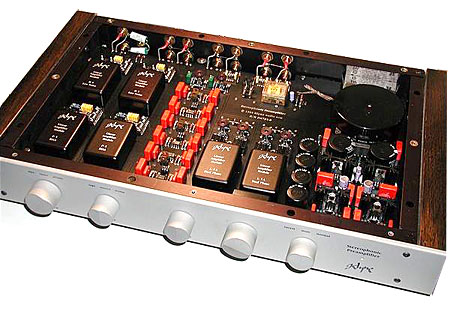| Columns Retired Columns & Blogs |
That review is laughable -even for 1987 !
It also reeks of arrogance. It appears the writer remained permanently encapsulated in the 1960's (or 70's) mind-set.
There's an abundance of seemingly contradictory statements and a seriously questionable understanding MC cartridge performance advantages. And the writer was how long 'in-the-business' (by 1987)? Ouch.
And then the assertion that the AR SP-11 to be the best/finest preamp in the world? (Too funny).
Finally, no reference to cabling (IC/speaker wire) used for this self-indulgent "review"?
Man-oh-man, is that really what it was like back then ?
pj
(P.S. That same Klyne pre is currently listed (4-28-2019) for sale. It is nicely constructed. And may even sound good. That's how I got to this review -not that anyone cares. lol)






































